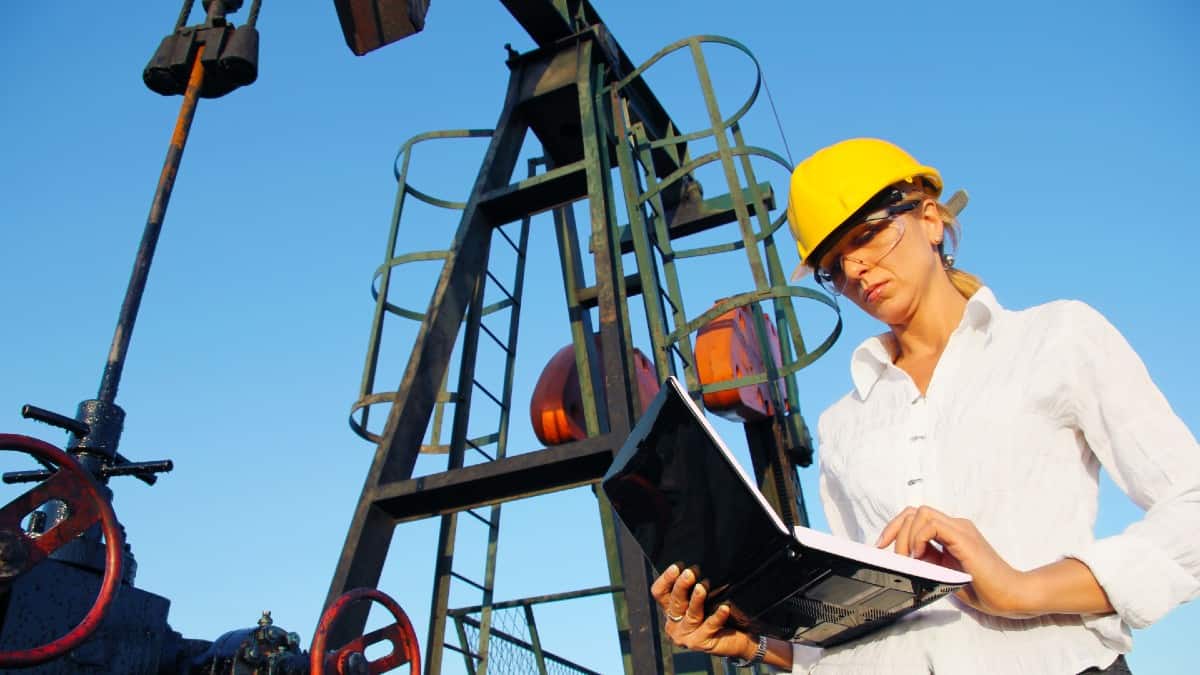The Shell (LSE: SHEL) share price has recovered almost all the ground it lost in the pandemic-induced plunge of 2020.
And with the stock near 2,534p, that bounce led to a 75% gain over the past two years. But even investors buying in a year ago have done all right with a gain of about 28%. And on top of capital gains, dividends have flowed. But the directors did rebase them lower in 2020.
The big question is, can Shell shares deliver more for investors from where they are today? Maybe.
Bumper earnings
However, one of the main risks with the business is its vulnerability to the price of oil and gas. And we’ve seen much commodity price volatility lately. So, if I’d invested in Shell shares in 2020, I’d be tempted to take at least some money off the table now. And my thinking would be that paper profits don’t belong to me until I cash them in.
However, long-term investors may recoil in horror at such a suggestion. And they could have a valid point. After all, the firm’s value, quality and momentum indicators are all top-notch right now. And the forward-looking dividend yield is running just above 4.5% for 2023 – what is there to not like?
Well, at this point, I usually pitch in with some well-worn observations about cyclical enterprises. For example, they tend to look attractive when they are at their most dangerous. And valuation indicators tend to work in reverse for the cyclicals. In other words, they often look cheap after a period of high profits. And they sometimes appear expensive when profits have collapsed after a down-dip in the cycle. But that might be when the share price is on the floor as well.
Perhaps, though, such a general approach is too broad-brush. After all, the company delivered a bumper set of full-year results for 2022. Adjusted earnings were up by just over 100% year on year. And the company has investments in renewables, right?
Oil and gas still dominate operations
That’s all true, but the vast majority of the gain came from the firm’s integrated gas and upstream operations. Those two categories delivered just over 80% of overall adjusted earnings for the year. And breaking it down, upstream earnings more than doubled with integrated gas increasing by almost 80%.
Meanwhile, the company’s renewables and energy solutions category swung from losses to profits in the period. But the division only contributed just under 5% to overall adjusted earnings.
So I’m not expecting the company’s renewable energy operations to iron out the cyclicality in the business anytime soon. And volatile oil and gas prices remain the dominant feature.
Nonetheless, City analysts are not being too pessimistic. They predict modest decreases in earnings for this year and for 2024. And they expect shareholder dividends to rise in both years. And, on top of that, the company is busy buying back some of its own shares to help boost shareholder returns.
But it’s up to investors to weigh the positives against the negatives here. However, it’s entirely possible Shell could deliver more for its shareholders over a multi-year timeframe.







